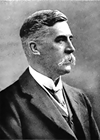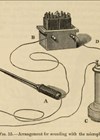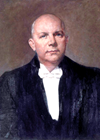Eponyms play a significant role in the field of urology, serving as a bridge between historical medical discoveries and modern clinical practice. For urology trainees, understanding these eponyms is more than just memorising names; it enriches our grasp of key concepts, diagnostic techniques, and surgical procedures that have shaped our very specialty. This article takes a fun and interesting look at some key eponyms in urology, giving trainees a handy way to deepen their understanding while appreciating the stories behind the names.
Kelly Ong,Trainees’ Forum, Section Editor.
Just as World War II forever ruined the prospects of the name Adolf, few babies of 2025 will be named Judas, Osama, or Karen. Biblical associations and cultural baggage can change the way some names are perceived forever, and urology has its own list of names that have been immortalised, but in the form of named diseases, cells, and surgical instruments.
Did Peyronie ever envisage being the face of curved penises? How exactly did Foley get his name onto the iconic catheter, an invention that long pre-dated him? I’ve asked these questions, so you don’t have to . . . and found that behind some of our urology eponyms are stories of tremendous ambition, ingenuity, and unfortunate anatomy.
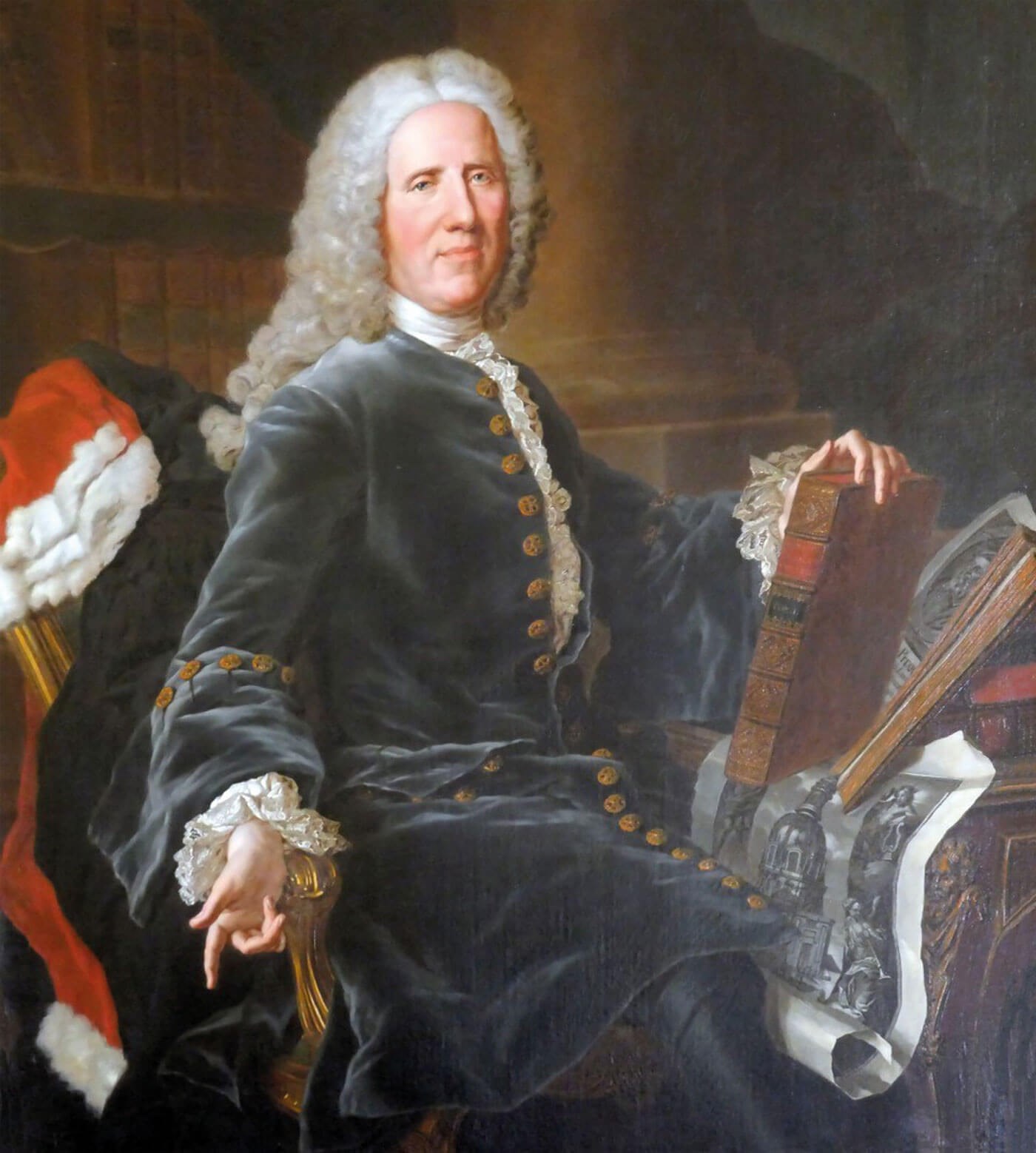
Figure 1: Portrait of François de la Peyronie by Hyacinthe Rigaud, photograph of the painting hung in
the Faculty of Medicine in Montpellier by Prof Javier Angulo and reproduced with his permission.
Peyronie’s disease – King Louis XV’s barber-surgeon
François Gigot de la Peyronie (1678–1747), like his father, was a barber-surgeon in Montpellier, France. Although de la Peyronie did not discover the disease, his landmark paper on ejaculatory dysfunction in 1743 describing “rosary beads of scar tissue [causing] an upward curvature of the penis during erection” earned him the eponym [1]. Among de la Peyronie’s notable achievements include being the first surgeon to King Louis XV, where his influence resulted in the recognition of surgeons as doctors. He also co-founded the Académie Royale de Chirurgie (Royal Academy of Surgery France) and is responsible for the outlawing of barber-performed surgery. The next time you go to your local barber, remember de la Peyronie as the reason you are not also offered a tonsillectomy with your trim!
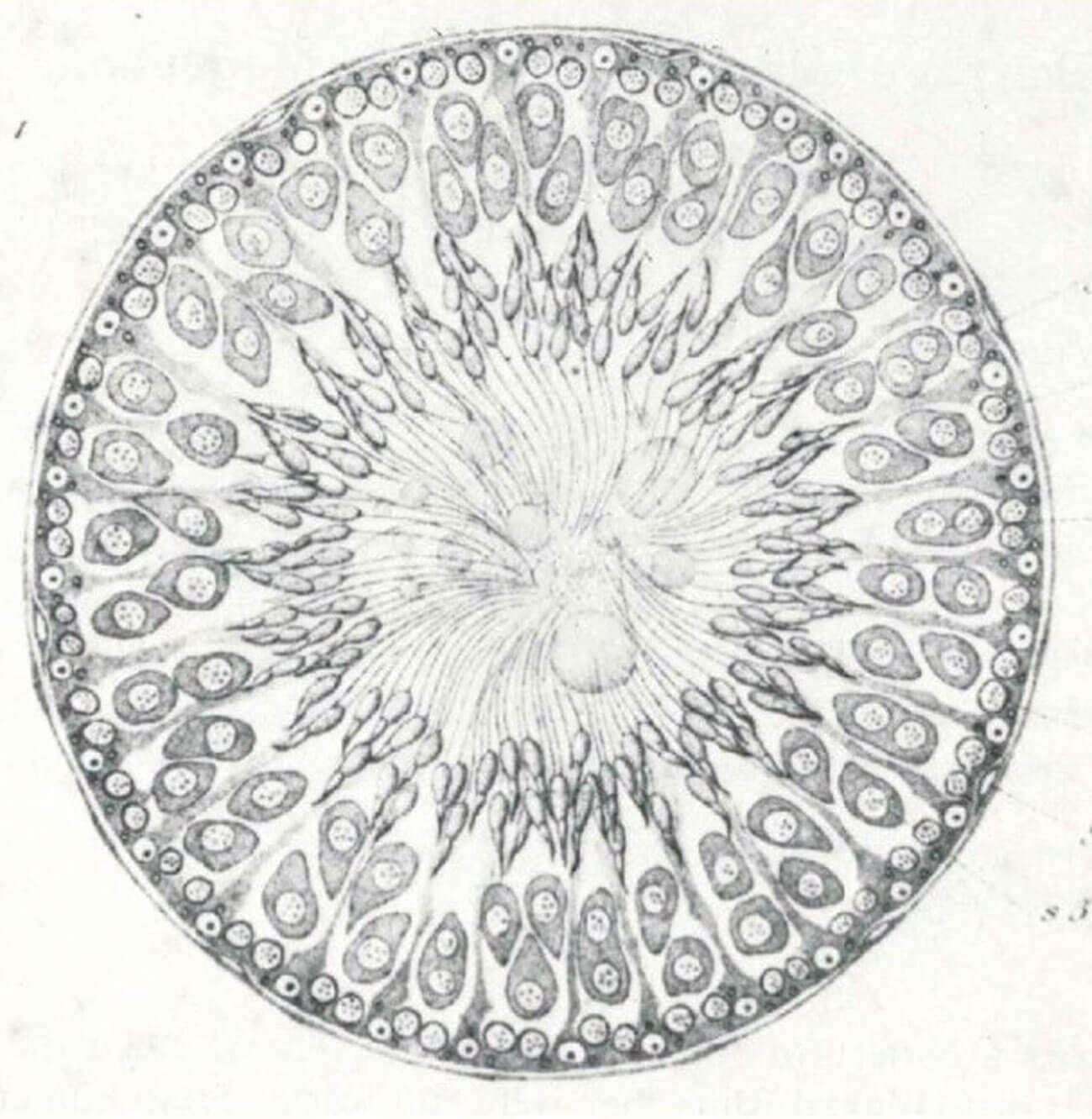
Figure 2: Sertoli’s 1878 drawing of seminiferous tubules. Image in the public domain.
Sertoli cells – rat testes and a curious medical student
Enrico Sertoli’s (1842–1910) interest in histology as a medical student in Italy led to his very first publication in the year of his graduation, at the age of 23. He did this under the tutelage of Eusebio Oehl, a pioneer of microscopic studies. In this paper, Sertoli published his own drawings of Sertoli cells and described them as “special, branched cells” [2]. Although he did not understand the function of Sertoli cells at that time, he inferred – from the seminiferous tubules he dissected from rats – that these cells provided nourishment to germ cells [3]. He later also described a case of a sterile goat that, despite lacking germ cells, displayed pseudohermaphroditism [4]. This finding makes much more sense today, now that we know about the role of Sertoli cells in regulating Leydig cells which in turn affects androgen production [5]. Sertoli would have loved to know this!
Wilms tumour – the lawyer destined to be a surgeon
A German surgeon who grew up in a family of lawyers, Max Wilms (1867–1918) first went to law school for one term before he decided to switch to medicine [6]. He is known for his description of the most common paediatric urological cancer, the nephroblastoma (Wilms tumour). During World War I, he served as a surgeon in the army, where he unfortunately caught diphtheria after performing an emergency cricothyroidotomy on a French prisoner of war. Wilms spent, and ultimately lost, his life in service to his patients, as he died from sepsis only days after saving his patient’s life [7].
Foley catheter – the lost patent
Frederic Foley (1891–1966), a graduate from Johns Hopkins Medical School, modified the catheter of his time to introduce several improvements: (1) his proposed catheter did not require assembly from multiple pieces, but came as a ready-to-use single piece of latex, and (2) this catheter incorporated an inflatable balloon near its tip which allowed it to be self-retaining in the bladder. He presented his version of the catheter at the American Urological Association Convention in 1935 and filed for a patent in 1936, only to discover that a very similar patent had already been issued to Paul Raiche of the Davol Rubber Company just months prior. Foley eventually lost his legal battle for the right to this patent, but the legacy remained with him when company C. R. Bard, Inc. decided to distribute these catheters under his name and the rest of the world followed suit [8].
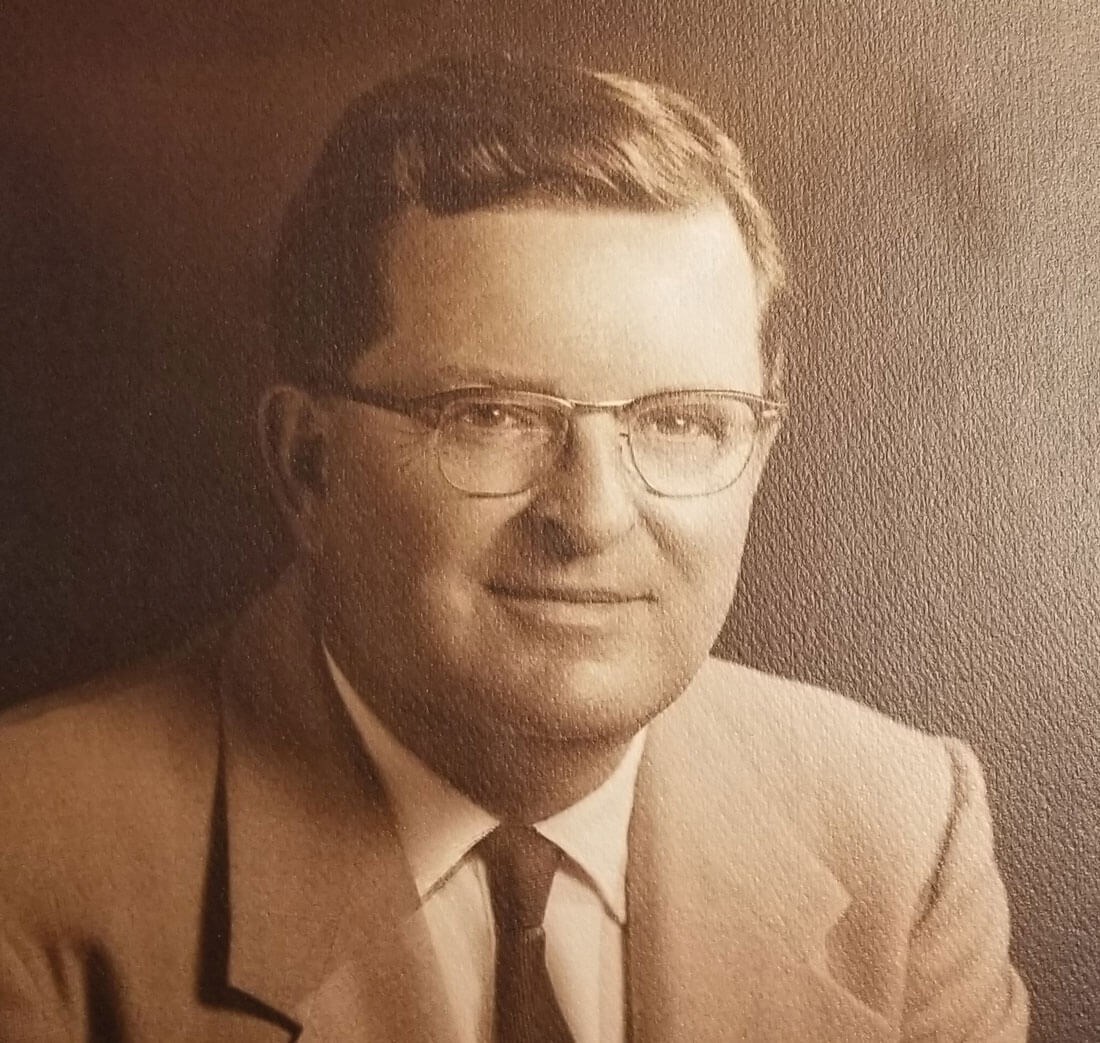
Figure 3: Milo Ellik, reproduced by kind permission of
William P. Didusch Center for Urologic History.
Ellik Evacuator – a resident’s invention
Milo Ellik (1905–1979) was a young urology resident when he modified the existing pump-irrigator used to evacuate stone fragments, prostatic chips, and blood clots from bladders during cystoscopic surgery. Ellik (pronounced ‘EE-lik’) initially worked in dermatology, but he made the switch to urology for its more “straightforward and predictable” nature [9]. He built the first prototype of the ‘Ellik evacuator’ in a glass-blowing shop. His reinvention of the device used what he referred to as ‘systole’ and ‘diastole’ phases, which allowed a steady flow of fluid in and out of the bladder while allowing fragments to sink to the bottom of a chamber for catchment [10]. Having turned to a career in urology for its predictability, I’m sure he would be pleased to know that his invention is seen as a predictable and reliable tool used by many urologists today!
References
1. Dunsmuir WD, Kirby RS. Francois de LaPeyronie (1978-1747): the man and the disease he described. Br J Urol 1996;78(4):613–22.
2. Patriarca C, Colecchia M, Clerici CA. Enrico Sertoli and the supporting cells of the testis “Morphology is function”. Pathologica 2019;111(4):375–81.
3. Lynn L. Enrico Sertoli. The Endocrinologist 2009;19(6):249.
4. Geyer CB. A historical perspective on some “new” discoveries on spermatogenesis from the laboratory of Enrico Sertoli in 1878. Biol Reprod 2018;99(3):479–81.
5. O’Donnell L, Smith LB, Rebourcet D. Sertoli cells as key drivers of testis function. Semin Cell Dev Biol 2022;121:2–9.
6. Zantinga AR, Coppes MJ. Max Wilms (1867-1918): The Man Behind the Eponym. Med Pediatr Oncol 1992;20:515–18.
7. Raffensperger J. Max Wilms and his tumor. J Pediatr Surg 2015;50(2):356–9.
8. American Urological Association. Frederic Eugene Basil Foley, MD (1891-1966).
https://urologichistory.museum/histories/
people-in-urology/f/frederic-eugene-basil-foley
[accessed 2 October 2025].
9. Matluck N, Zhan B, Richstone L. It’s pronounced “EE-lick”: Milo Ellik, veteran, urologist, and inventor of the evacuator that bears his name. International Journal of Urologic History 2021;10.53101/IJUH71217.
10. Ellik M. A Modification of the Evacuator. J Urol 1937;38(3):327–30.



